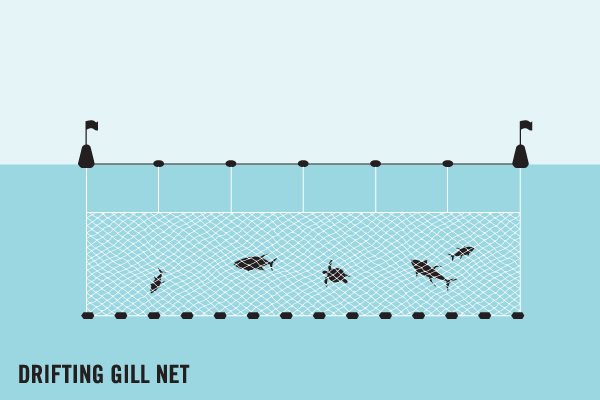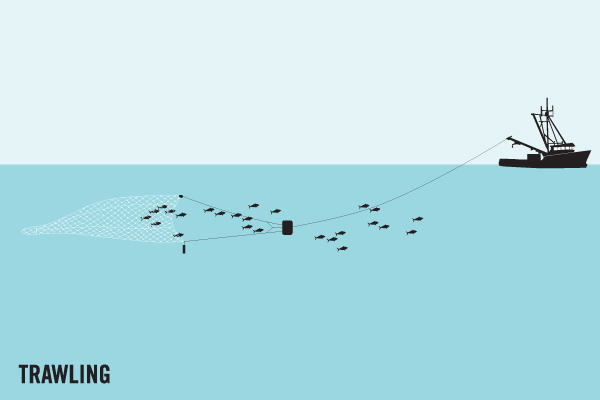Average Weight/Length
Other "Popular" Names for this Fish
Location Habitat
Biology & Physical Description
Geographic Species Map (Fishbase.org Map)
|
|

|
Summary of Distribution: Eastern Atlantic: Portugal to Angola, including the western Mediterranean. Western Atlantic: Nova Scotia, Canada and northern Gulf of Mexico to Uruguay, including the Greater Antilles. Absent from eastern Lesser Antilles. Indian Ocean records are probably misidentifications of Caranx ignobilis. Reports from Pacific refer to Caranx caninus, which may be conspecific. |
|
Note: Distribution range colors indicate degree of suitability of habitat which can be interpreted as probabilities of occurrence (fishbase.org) |
|
Sport Fishing Techniques
|
|
Gill netsGill-nets are the dominant gear in the Indian Ocean. Gill-nets are used in artisanal and semi-industrial fisheries, contributing to 30-40% of the total catch. The net design is comprised of continuous panels of uniform mesh size, aimed to trap fish behind the gills. The International Sustainable Seafood Foundation (ISSF) notes that rates of sharks and turtle by-catch in Indian Ocean gill-net fisheries are high.. |
|
|
|
Kite Fishing (Rig)A Kite Fishing Rig is.... |
|
|
|
Kite Fishing (Trolling)Kite Fishing Trolling is when you are.... |
|
|
|
River DriftRiver Drift means to use the.... |
|
|
|
TrawlingTrawling is when.... |
|
Tackle & Baits
Game Rating
Game Rating : 8.5/10
Game Description :
Few fish can out-pull a Crevalle of equal size. The fight is unspectacular but dogged, the usual pattern being a long first run. Jacks use their flat sides to good advantage when waging a tug-o-war.
Food Rating
Game Rating : 3/10
Game Description :
Poor by most tastes. Most of the meat is dark red and of strong flavor.
Picture (Fish)
|
|
|
|
|
Picture Mount
|
|
|
|
|
|




















 Jack Crevalle
Jack Crevalle 













